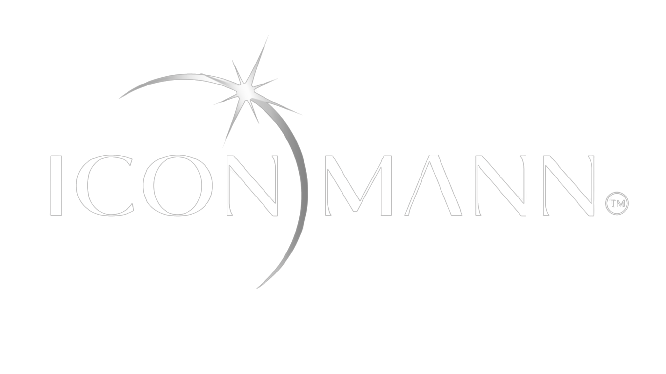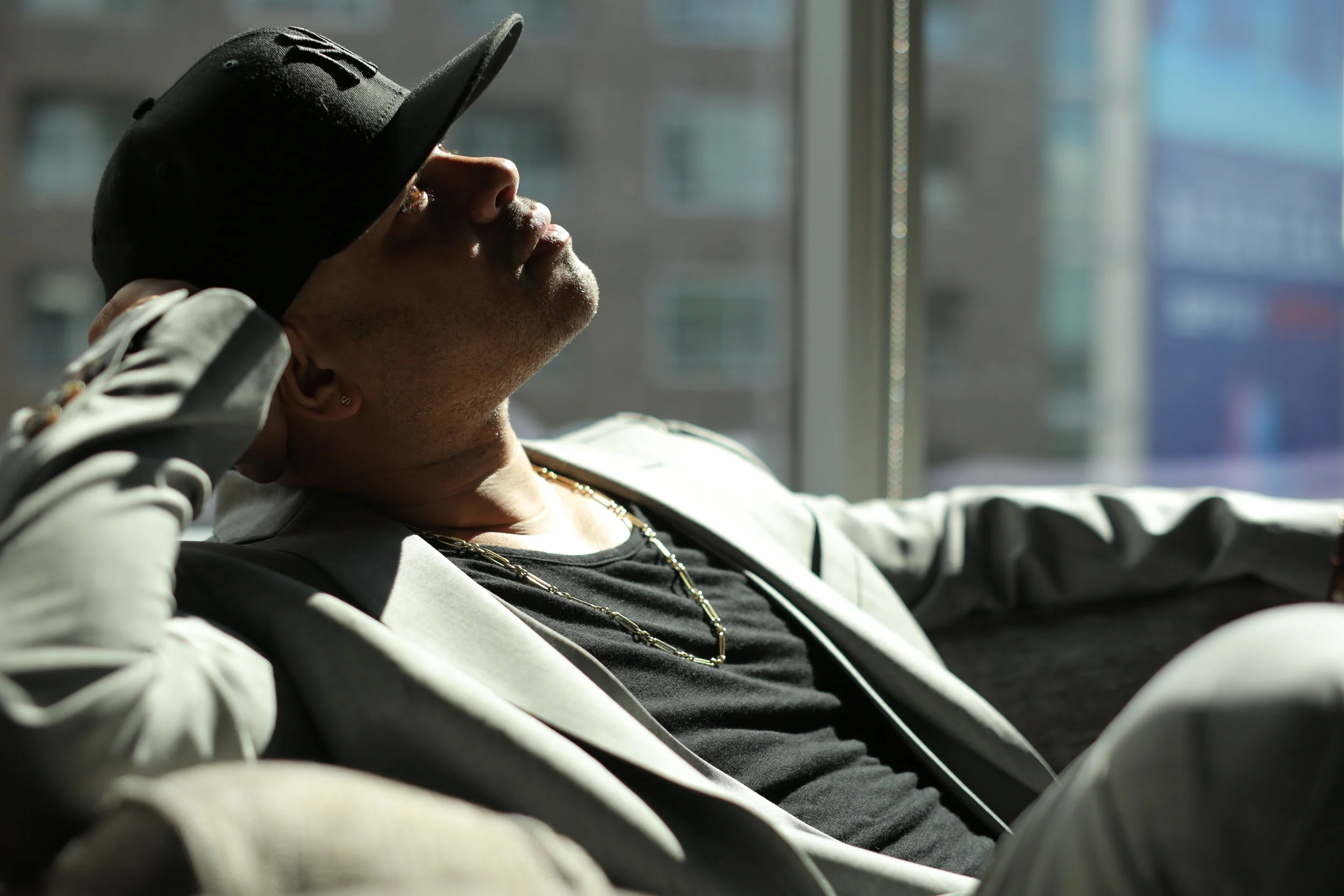BABAJIDE OLATUNJI

In Conversation With…
Babajide Olatunji, Human and Artist
“I literally started from nothing, so I know the value of a head that thinks, and hands that are never idle. Work hard. Stay humble. Stay hungry. Ask.”
I AM
Yoruba, from Ondo state, Nigeria.
The last child of a family of 4 (formerly of six). My brother passed in 2005 from sickle cell anemia. I have two older sisters.
Christian raised. It is the faith I keep.
A Visual Artist (outside my small circle of friends). I have however discovered I have interests in music and writing.
I come from the top rung of a poor-class family (I got my first birthday cake when I was 23). My father was a government worker with only enough pay for our most basic needs. My mother sold every day items from a tiny kiosk.
I started painting and drawing around the age of four on anything I could find: sand, paper, my school notes desk, and the chalkboard after school hours. I always had the support of my parents so long as I brought home excellent report cards. I mostly hid my drawings from my teachers in school since they considered drawing a gainless pursuit except when it suited them (e.g., copying a textbook illustration to the chalkboard or an invitation to the school's Interhouse Sports competition). My first commissioned work was for a friend of a friend in secondary school who had recently lost his mom and wanted a drawing of her. The fee was 400 naira . Then there was another in SSS3 for 2000 naira where I was required to illustrate a storybook.
Image courtesy of Babajide Olatunji
My late elder brother was instrumental to my becoming an artist. He used to make drawings of comical heads with a lot of different funny expressions on them. They would fascinate me and I would copy them any chance I got. I also remember being fascinated by the drawings that illustrated our Sunday School pamphlets. It seemed so incredible that someone could imagine and create something so realistic. I used to think the illustrations in My Book of Bible Stories were enacted photographs. I would often copy them. In Primary school, I continued drawing matchstick figures long after my older brother abandoned drawing for writing and rap music. He was a voracious reader and had this library of fat volumes of novels and non-fiction books that I thought were boring at the time. The thinner novels held my interest more. I remember making a sketch of the cover of one such book titled Butch and Sundance. The early days after the adventures of the outlaws held me rapt for the first time. I had a notebook full of stick-figure adventures that was confiscated from me by my primary five teacher at one time. I still know of the man, but I doubt if the notebook survives. In secondary school, I copied the superheroes on Marvel trading cards for practice. I was that kid that often got in trouble for defacing his school books and desk tops with sketches. It was the one means I knew to phase out the teachers' droning and pursue my own thoughts.
SOLE PROVIDER + FAITH
For a time while at university, I left drawing and focused on my studies. But, after losing my father in 2010 I had to start taking commissioned drawings for a fee. He was our sole source of income so I had to look for sustenance for myself and my mother. Getting commissions wasn't consistent. There were times when I had to survive on very little for days or even weeks at a stretch. I continually contemplated dropping out of school since my basic needs were more immediate and school seemed a waste of resources, but I kept on.
I had no other means of subsistence so I did portraits of people's parents, bosses, lovers or any other people I could find. My grades took a dive because I would use the cheap internet access at night to browse for YouTube instructional videos and read blogs on realistic drawing techniques, sleep through the morning when my roommates were headed to class, and draw through the rest of the day.
In 2013, during my extra year at university I was discovered by Ayo Adeyinka, the director of TAFETA art Gallery, on Facebook and then things took an upswing. Our second meeting and conversation gave voice to my first project: THE TRIBAL MARKS SERIES.
AN ARTFUL PLACE
I believe art is the mirror through which the world recognizes itself. Places like the APARTHEID MUSEUM in Johannesburg or the recently opened LEGACY MUSEUM in Montgomery contains pieces from our recent histories that remind us of man's flawed nature and how it may affect events that ripple across time and alter millions of lives.
I pick up inspiration and ideas wherever I find them, then internalize and modify them to suit my purposes. Like Bruce Lee said, "be water my friend." I believe wisdom may come from the random words of a passing stranger or a children's book. It may come from a spiritual teacher or the vilest crook. Wherever and however inspiration comes, it is to be sponged up, gestated, and applied to suit ones purposes.
THE BALANCE: MAN + ARTIST
As an artist, my greatest challenge is evolution and improvement. I've always been a fiercely competitive person. I've come to a realization that my fiercest competition is my best work yet. Also, I fear stagnation. I do not want to ever be referred to as a one-trick pony. Or a lucky one. I want to earn my place in Time.
As a man, my greatest challenge is balancing time between love and work as I've come to know how crucial family is to effectiveness at work.
Image courtesy of Babajide Olatunji
The INSPIRATION
I am interested in the Nigerian culture. I'm fascinated by how our histories and age-old traditions are reflected in contemporary society. All my projects centre around this interest. My first project THE TRIBAL MASK series deals with the ancient method of facial scarification for identification and classification by caste within and among the Nigerian ethnic groups.
In this project, I have reimagined these scarifications on fictional characters as a means of exploring identity in contemporary society. Another project I've worked on over the past two years is THE BOOK OF PROVERBS, which explores my knowledge of the proverbs and anecdotes I heard from my parents growing up and how relevant they are to today's world.
It is a collection of works intended to illustrate the various Yoruba proverbs I learnt growing up. My parents often admonished and rebuked us using proverbs and anecdotes passed to them from their own parents. I never fully understood or realized the relevance of these words of wisdom until I was much older. Recently, I came by a locally published book that contains over a thousand of these proverbs and touch every aspect of living from domestic, everyday subjects to wider political subjects prevalent today. This project is my reaction to, and contribution to the preservation of, these proverbs that are even more relevant to the world's situation today than they ever were before. To date, I have only managed to complete about three pieces in the project. One of these is titled THE MARTYDOM OF REASON after the Yoruba proverb "Orí bíbé kó ni oògùn orí fifó," which translates to "you cannot cure a headache by decapitation".
The Martydom of Reason by Babajide Olatunji
My process begins with a thought. Sometimes it is random and comes in conversation with self or another, or in random places like the bathroom or the highway. At these times, it teeters as if on a tightrope and I have to leave everything to scramble for my phone or a pen and paper. One never knows what will be important. Other times, it is a bright, flashing, annoying strobe that won't leave until something is done about it. Then, I sketch the thought or vision and tinker with it for a time before deciding if it's important or a dud.
In truth, the creative process is idiosyncratic. Ideas can hibernate and gestate for years especially if I decide I do not want to ruin them for lack of skill or experience or resources.
The MANTRA (Voice in My Head)
Work hard. Stay humble. Stay hungry. Ask.
UNBOUND
The Internet has shrunk the world and its people’s reach remarkably. I do not know of any challenge that I face that is special to Nigeria and is not faced by other artists around the world.
The MOVEMENTS
4:30AM I pray, brush, drink hot cocoa/coffee, and head straight for the studio. The studio is in-house. I like the proximity. I'm there drawing or studying till around 9am.
9:00AM I exercise, shower, eat breakfast, and take or make calls (check for mail, social media, etc.)
11:00AM Back to the studio where I alternate work and rest in short bursts as I listen to an audio book while snacking on whatever is within reach. (I load up heavily on snacks for glucose).
4:30PM I run errands/take walks and then socialize. Next, is dinner—I cook at home, host friends or go out with my girlfriend.
9:00PM Back to the studio till midnight where I’ll sleep or will eventually leave to go to bed. I map out the next day's work on a notepad, thank God for the day, remind myself of my goals and tuck in for the night.
The MASTERS
Image courtesy of Babajide Olatunji
Michelangelo Buonarotti, Raphael Santi, Jacques Louis David, Pablo Picasso, Auguste Rodin, Lorenzo Bernini, Diego Velasquez, and a thousand other artists for their contribution to the world's art.
I believe CARAVAGGIO to be one of the three greatest masters of light. The other two are Rembrandt Van Rign and Jan Vermeer. Understanding adequately the relationship between light and shadow is at the core of my artistic pursuit. I am fascinated by Caravaggio's unconventionality and his masterful use of chiaroscuro in depicting his subjects.
Caravaggio, Taking of Christ
The READ
MASTERY by Robert Greene. I believe it is an absolutely essential guide for any person with ambition.
The LISTEN
My life’s soundtrack at present includes Angel's & Demons soundtrack by Hans Zimmer, Flight of the Bumblebee, and Condolence by Benjamin Clementine.
Benjamin Clementine's sound, lyrics, and general approach to music are unconventional. I am attracted to the work of outliers who do not conform to the world's imposed expectations or do not lie facing the same direction as everyone else. I am inspired by Clementine's unusualness.
Leonard Cohen's voice is soothing. I think he sings as if you and he were in conversation. His lyrics are poetic and require thought. We don't very much have music like that anymore. I enjoy his "You Want it Darker." It is one of my memento mori: a reminder of my mortality and the need to approach each day with a sense of urgency.
Image courtesy of Babajide Olatunji
5 THINGS I CAN'T LIVE WITHOUT
Internet
Classic cars – I am presently eyeing a 1972 Mercedes Benz 280SEL and original old masters' sketches.
A sketchpad & pencil.
Promoting my culture and origin to the world and setting an enviable standard to which others can aspire.
Audio books on my reading list, Wikipedia, and Visual Arts Cork.
"Family": my loved ones, related by blood or trust. I do not have an artistic circle though there are some people that I admire from afar. Also, I have a very small community of friends that I grew up with and who have become family. They are mostly writers.























